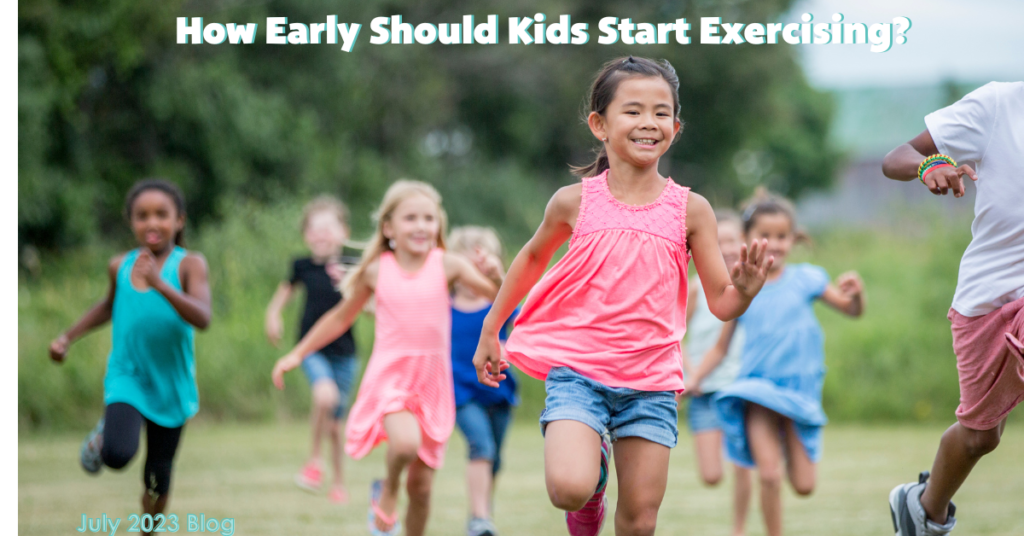
Our bodies have different needs depending on a lot of factors including genetics, diet, and overall wellness. At different ages, wellness can mean different things. Exercise can be beneficial at any age, but the kind of workouts someone does can be impacted by their period of life. At times, different types of exercises can be beneficial while others should be avoided to encourage development. Kinesiology is the study of how the human body moves, but it also helps people understand how to optimize exercise at different ages.
For growing bodies, incorporating appropriate types and levels of exercise is important for facilitating growth, and for preventing injuries that could have long-lasting impacts. This list is a set of guidelines and a doctor, professional kinesiologist, or exercise expert should be consulted for more specifics.
Generally recommended workouts based on age include:
-Walking to 3 years old:encouraging movement based on development level from crawling to walking to running; active play throughout the day, which uses the imagination to inspire movement (ex. Stomping like a dinosaur while pretending to be a t-rex on the hunt). Introduction to sports through foam versions of footballs, baseball, soccer balls, etc.
It is not generally recommended they engage with weights or anything requiring highly developed motor skills that haven’t developed yet.
-For preschool through early elementary, active play is still important, but the difficulty should be increased. They can usually start junior level sports, learn to ride a bike, get more active on a jungle gym, and begin fitness challenges in school.
At this age, it is still not recommended they lift weights, and making sure they play sports with children their own age is important because of the rapid growth they can experience, changing their weight classes quickly.
-For mid to upper elementary school, many children will continue to participate in active play, like playing spies, building forts, and riding their bikes in groups for extended periods of time. At this age, group sports will begin to increase in difficulty and gym classes in public and private schools will require them to meet certain standards for exercise movements like sit-ups, push-ups, and running a mile.
Around 8 years old, children can begin to incorporate weight lifting as a supervised part of an overall fitness routine if approved by a doctor and with the guidance of a trusted adult.
Stretching and active play are recommended at all ages! Letting children explore sports, types of exercise, and their independence will set them up for a healthy lifestyle through their teen and adult years. Even better, starting young and making sure exercise is enjoyable will make it FUN!
By: Bethany Verrett
